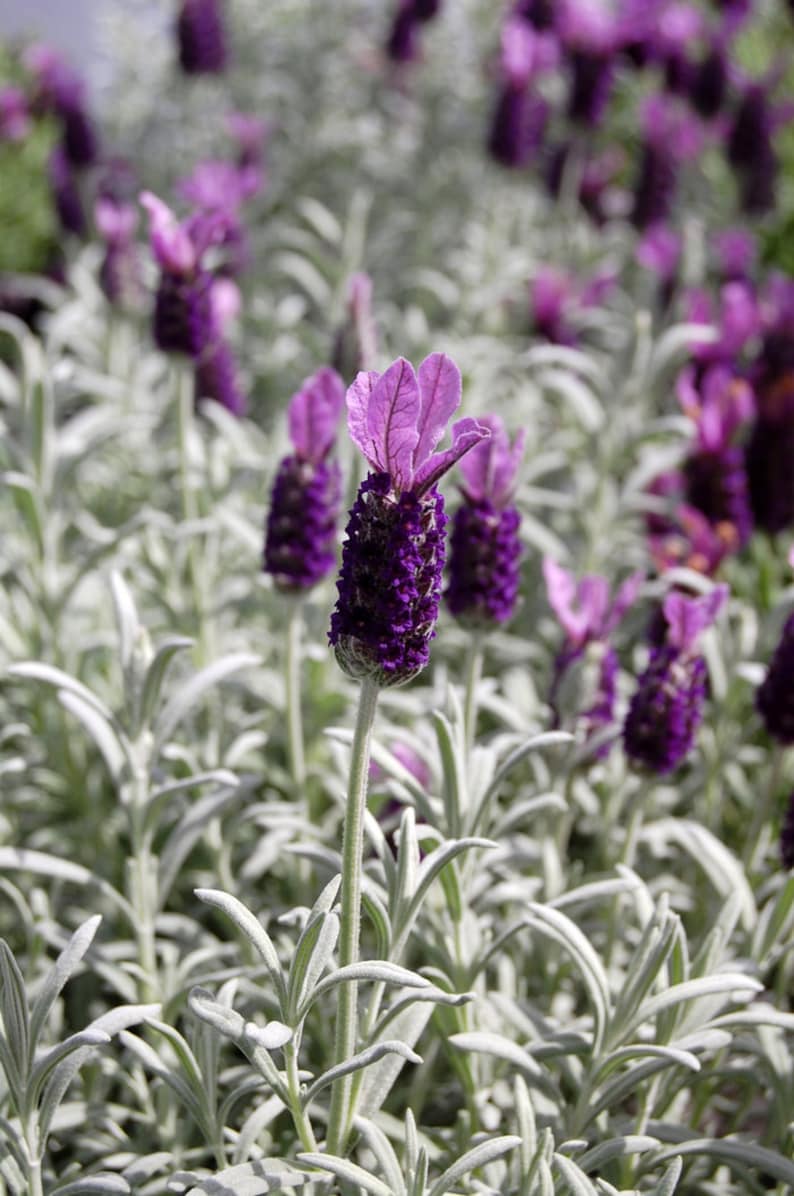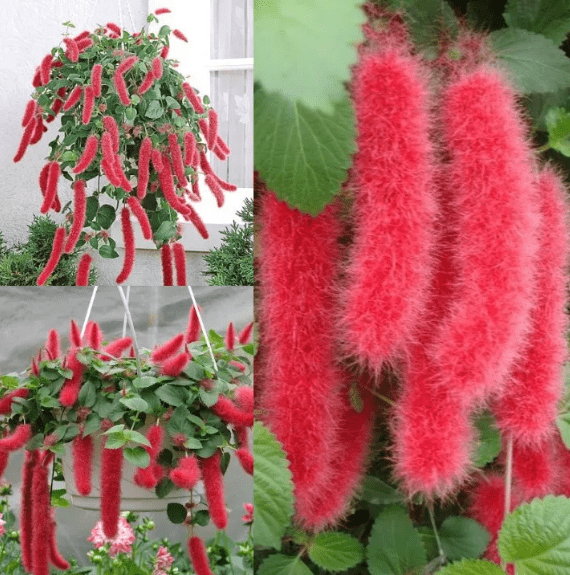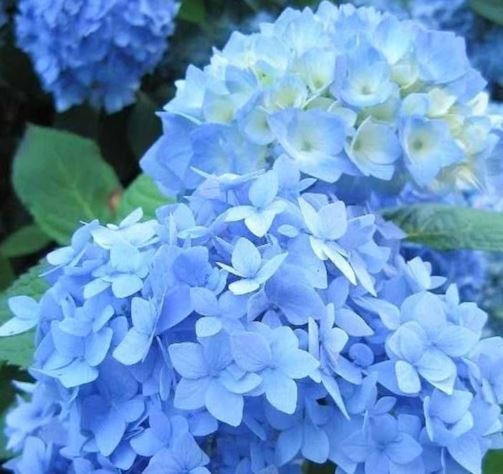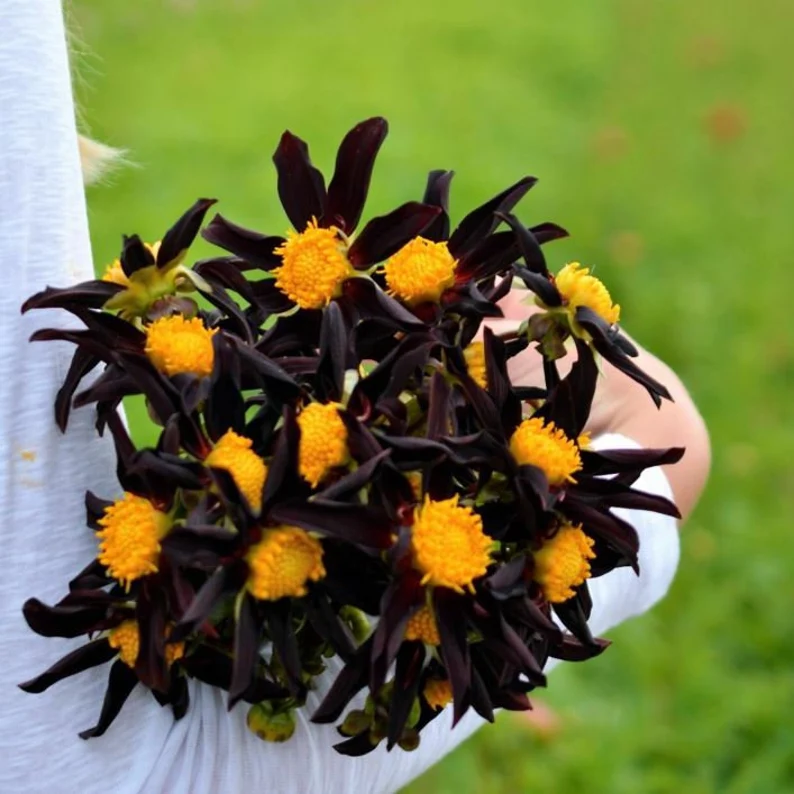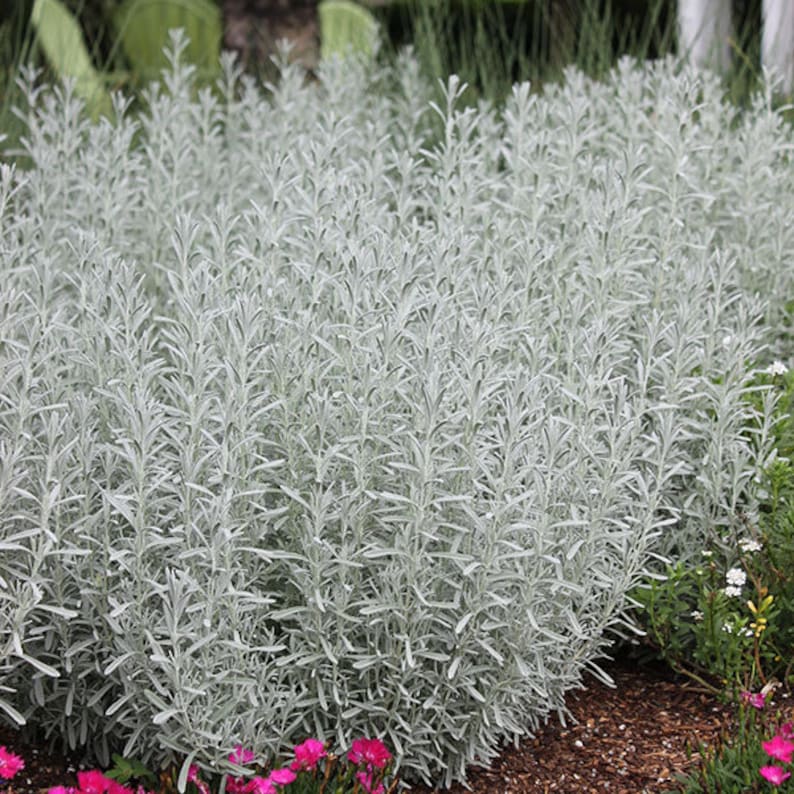
Welcome to the Lavender Silver Anouk Plug Guide
Lavender Anouk
A “Lavender Silver Anouk plug plant” refers to a specific variety of lavender plant called “Anouk” that is available as a plug plant.
Plug plants are small plants that have been grown from seeds or cuttings in individual cells or plugs. They are usually sold in trays with each plant rooted in its own cell, making them easy to transplant into pots, containers, or garden beds. Plug plants are convenient for gardeners as they allow for easier handling, quicker establishment, and more controlled growth.
“Lavender Silver Anouk” is a specific cultivar or variety of lavender (Lavandula) known for its silver-gray foliage and lavender-purple flowers. It is a compact and bushy lavender variety that typically reaches a height of about 1 to 1.5 feet (30-45 cm). This variety is often chosen for its ornamental value and pleasant fragrance. It can be grown in gardens, containers, or even used in landscaping.
When you purchase a Lavender Silver Anouk plug plant, you will receive a small, young plant ready for transplantation. With proper care and suitable growing conditions, it will grow into a mature lavender plant, producing its characteristic silver-gray foliage and lavender-purple flowers.
Care Guide
Here is a care guide for Lavender Silver Anouk plug plants:
- Sunlight: Lavender plants thrive in full sun, so choose a location that receives at least 6 to 8 hours of direct sunlight per day.
- Soil: Well-draining soil is crucial for lavender plants. They prefer sandy or loamy soil with good drainage. If your soil is heavy or clay-like, amend it with organic matter such as compost or sand to improve drainage.
- Watering: While lavender plants are drought-tolerant once established, they still need regular watering during their initial growth period. Water the plug plant deeply, allowing the soil to dry out slightly between waterings. Avoid overwatering, as lavender doesn’t like wet feet, which can lead to root rot.
- Pruning: Pruning helps maintain the shape of the plant and encourages bushiness. In early spring, before new growth appears, trim back about one-third of the plant’s height. Additionally, after flowering, you can trim off the spent flower spikes to encourage new growth and prevent seed formation.
- Fertilization: Lavender is a low-maintenance plant that generally doesn’t require much fertilizer. Excessive fertilization can result in excessive foliage growth at the expense of flowers. If your soil is poor or lacking nutrients, you can apply a balanced, slow-release fertilizer once a year in early spring.
- Mulching: Apply a layer of organic mulch, such as straw or bark chips, around the base of the plant to help retain moisture, suppress weeds, and insulate the roots during extreme temperatures.
- Winter Care: Lavender Silver Anouk is hardy to USDA zones 5-9. In colder regions, protect the plant during winter by applying a layer of mulch around the base to insulate the roots. You can also cover the plant with a frost blanket or burlap during extreme cold spells.
- Pests and Diseases: Lavender is generally resistant to most pests and diseases. However, keep an eye out for common issues like root rot caused by overwatering or fungal diseases like powdery mildew. Proper watering practices and good air circulation can help prevent these problems.
Remember that individual growing conditions and climate can vary, so it’s important to observe your Lavender Silver Anouk plant and adjust care accordingly. With proper care, your lavender plant should thrive and provide beautiful silver foliage and fragrant lavender flowers.


